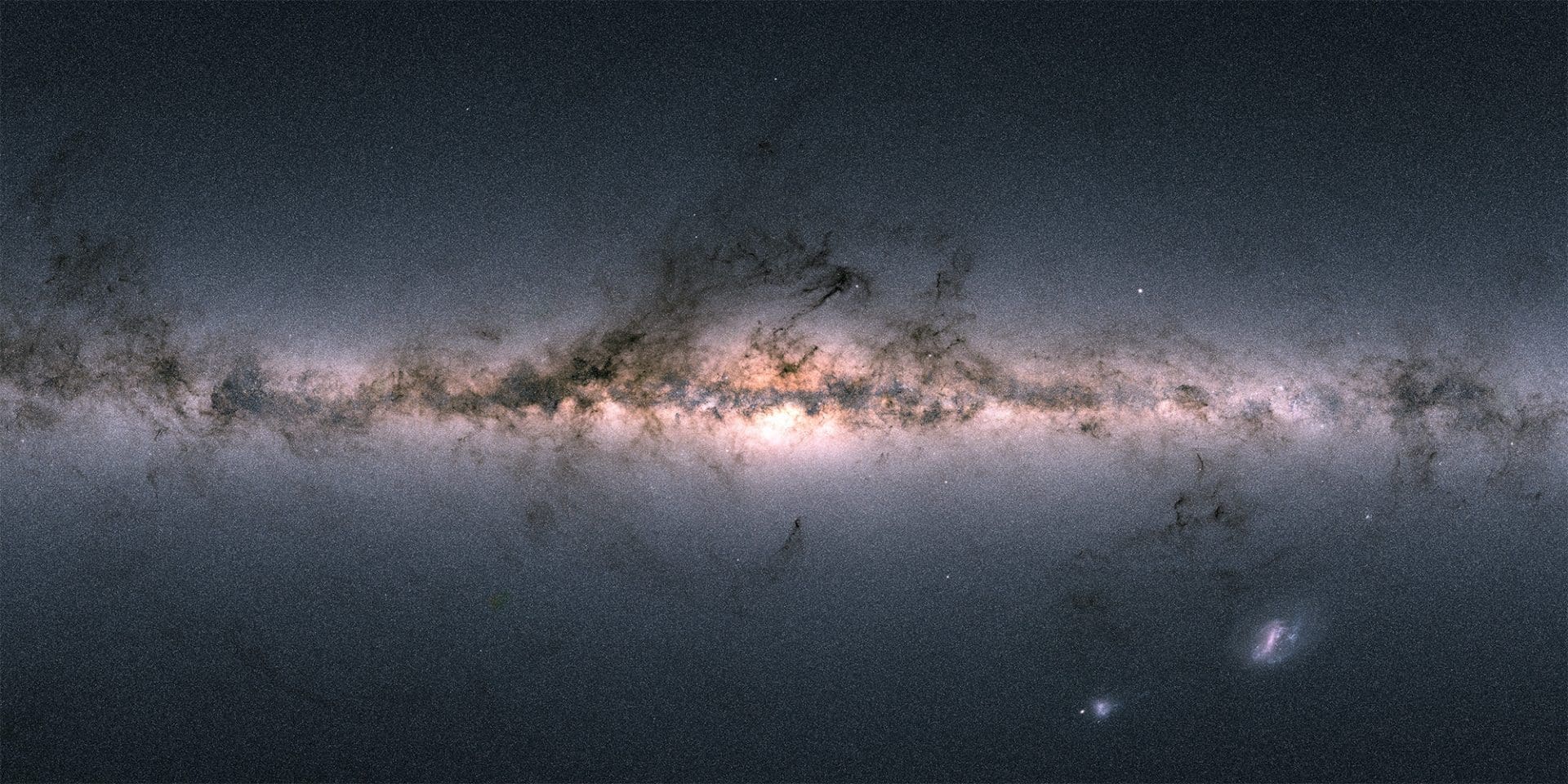Very Hungry Milky Way
Our Milky Way is an infinite spectacle of clustered stars and planets. Its gaseous giants have formed over billions of years, slowly munching on space matter and other galaxies.
Think of a big cosmic, cannibal Very Hungry Caterpillar. Over eons, rogue stars were swallowed in the Milky Way’s gas clouds when they got too close.
The European Space Agency’s Gaia spacecraft has recently studied the stellar motion of over six billion stars and have revealed that 300 to 900 million years ago, the Milky Way almost collided with a neighbouring system – the Sagittarius dwarf galaxy.
The Gaia’s main mission is to investigate the structure, evolution and origin of our Milky Way. They made this discovery by patterning the route of rogue stars 100 million years ago to reveal a shape of its motion. The shape of its motion resembled that of a snail shell. After making the recent discoveries, the team began searching deeper into this neighbouring galaxy only to find that its stars ‘memory of motion’ is still very much prevalent today. The Sagittarius stars are still slowly being swallowed by our Milky Way. The real heart-stopper is that the collision of the galaxies happened around the same time that the snail-shell pattern started forming and this has given the Gaia team opportunities to look closer into our Milky Way.

